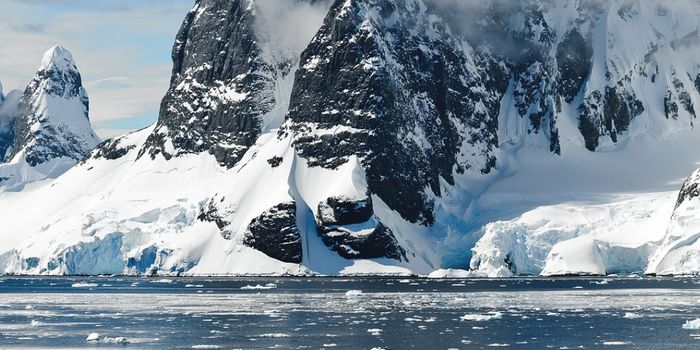Fossil-tree in the Andean Altiplano dates back 10 million years
The recent discovery of a fossil-tree in the Andean Altiplano dates back to 10 million years ago, say researchers. The discovery is making scientists rethink current paleoclimate models, as it points towards the extreme climate changes that have taken place on our planet throughout its long history.
Led by researchers from the Smithsonian Tropical Research Institute (STRI), the mission to the Central Andean Plateau in high-altitude southern Peru was eye-opening to all involved.
"This tree and the hundreds of fossil wood, leaf and pollen samples we collected on the expedition, reveal that when these plants were alive the ecosystem was more humid -- even more humid than climate models of the past predicted," said Camila Martinez, a fellow at STRI, who recently finished her doctorate at Cornell University. "There is probably no comparable modern ecosystem because temperatures were higher when these fossils were deposited 10 million years ago."
The anatomy of petrified wood of the fossil-tree indicates that the tree likely existed at an altitude of around 2,000 meters above sea level, instead of the current 4,000 meters where it was found. That means that within the last 10 million years the plateau rose significantly.
"The fossil record in the region tells us two things: both the altitude and the vegetation changed dramatically over a relatively short period of time, supporting a hypothesis that suggests the tectonic uplift of this region occurred in rapid pulses," said Carlos Jaramillo, STRI staff scientist and project leader.
The researchers confirmed this finding from other samples of the plant fossil record, showing that five million-year-old fossils of pollen samples from the region were from ferns, herbs and shrubs, meaning that the plateau had already risen.
"Andean uplift played an important role in shaping the climate of South America, but the relationship between the rise of the Andes, local climates and vegetation is still not well understood," Martinez said.
Understanding that interplay is crucial to predicting what our future will look like. According to climate models, by 2100 we can expect our condition to mirror the temperature and atmospheric carbon dioxide concentrations of 10 million years ago. These sorts of fossil data can help us comprehend the forces that influence the Altiplano’s ecosystems, as well as all those of South America. The researchers have published their conclusions from the expedition in the journal Science Advances.
Sources: Science Advances, Science Daily









